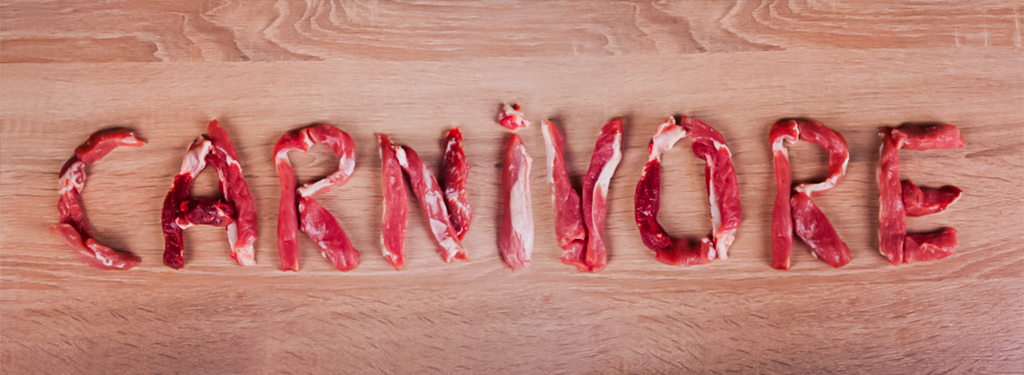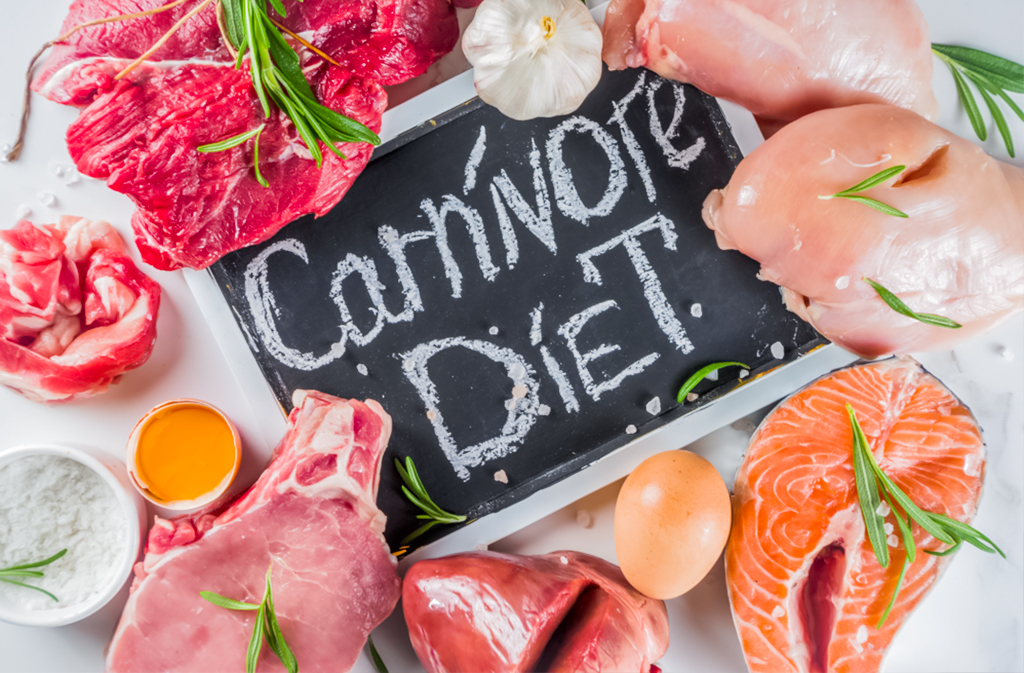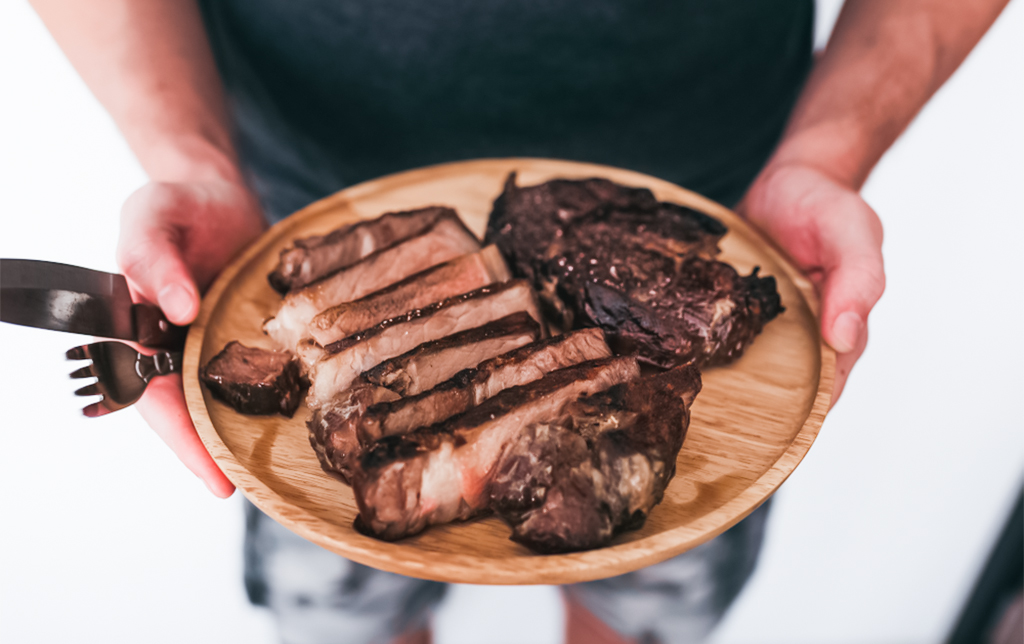The Carnivore Diet is gaining traction among health and wellness enthusiasts with benefits varying from weight loss to inflammation reduction and increased energy. However, this all-meat diet also raises concerns about nutritional deficiencies as well as long-term sustainability. In this article, we‘ll discuss the risks, benefits, accepted food list, and a keto-friendly meal plan so you can decide if or not the Carnivore Diet is right for you.

What is the Carnivore Diet?
The Carnivore Diet is an extreme low-carb, high-protein, and high-fat diet that is composed entirely of animal foods. It does not include any plant foods, including vegetables, fruits, grains, and legumes. The proponents believe that the diet can improve digestion, stabilize blood sugar, and improve overall health by eliminating processed food and carbohydrates.
Benefits of the Carnivore Diet
1. Rapid Weight Loss
By eliminating carbs and entering ketosis, the Carnivore Diet can result in quick fat reduction.
2. Reduced Inflammation
Many people notice reduced inflammation and an easing of autoimmune symptoms due to the absence of processed foods and sugars.
3. Improved Digestion
Some people who suffer from irritable bowel syndrome (IBS) or other gut issues find relief from pain and bloating after they remove fiber from their diet.
4. Better Blood Sugar Control
With zero carbs, the Carnivore Diet regulates insulin levels and can be particularly beneficial for those with diabetes or insulin resistance.
5. Better Energy & Mental Clarity
The majority of followers experience more stable energy and greater focus with no blood sugar spikes.
Risks of the Carnivore Diet
1. Nutritional Deficiencies
Lacking fruit and vegetables can cause deficiencies in essential vitamins like vitamin C and potassium.
2. Digestive Issues
A diet devoid of fiber can cause constipation and unhealthy gut microbiome.
3. High Cholesterol Levels
Excessive consumption of red meat and saturated fat may raise cholesterol and heart disease risk in some people.
4. Difficult to Maintain in the Long Term
Due to the restrictive nature of the diet, it is difficult to follow the Carnivore Diet for the long term.
5. Potential Kidney Strain
A high protein diet can put an additional burden on the kidneys, particularly in those with underlying kidney disease.

Carnivore Diet Food List
Foods to Eat
- Red Meat: Beef, lamb, pork
- Poultry: Chicken, turkey, duck
- Seafood: Salmon, sardines, shrimp
- Eggs
- Dairy (in small quantities): Cheese, butter, heavy cream
- Animal Fats: Tallow, lard, duck fat
- Bone Broth
Foods to Avoid
- Vegetables & Fruits
- Grains & Legumes
- Nuts & Seeds
- Sugars & Sweeteners
- Vegetable Oils & Margarine
Carnivore Diet Keto Meal Plan
Breakfast
- Scrambled eggs with cheese and bacon
- Black coffee (no sugar, no milk)
Lunch
- Grilled ribeye steak with butter
- Bone broth
Dinner
- Crispy-skin salmon
- Aged cheese for dessert
Snack (optional)
- Sliced cured meats (without additives)
- Hard-boiled eggs

Final Thoughts on the Carnivore Diet
The Carnivore Diet boasts potential benefits like weight loss, decreased inflammation, and improved blood sugar regulation. But it also poses threats like nutritional deficiencies, gastrointestinal issues, and long-term sustainability problems. Before trying the Carnivore Diet, speak with a healthcare professional to make sure it‘s a healthy option for you.

























Leave a Reply